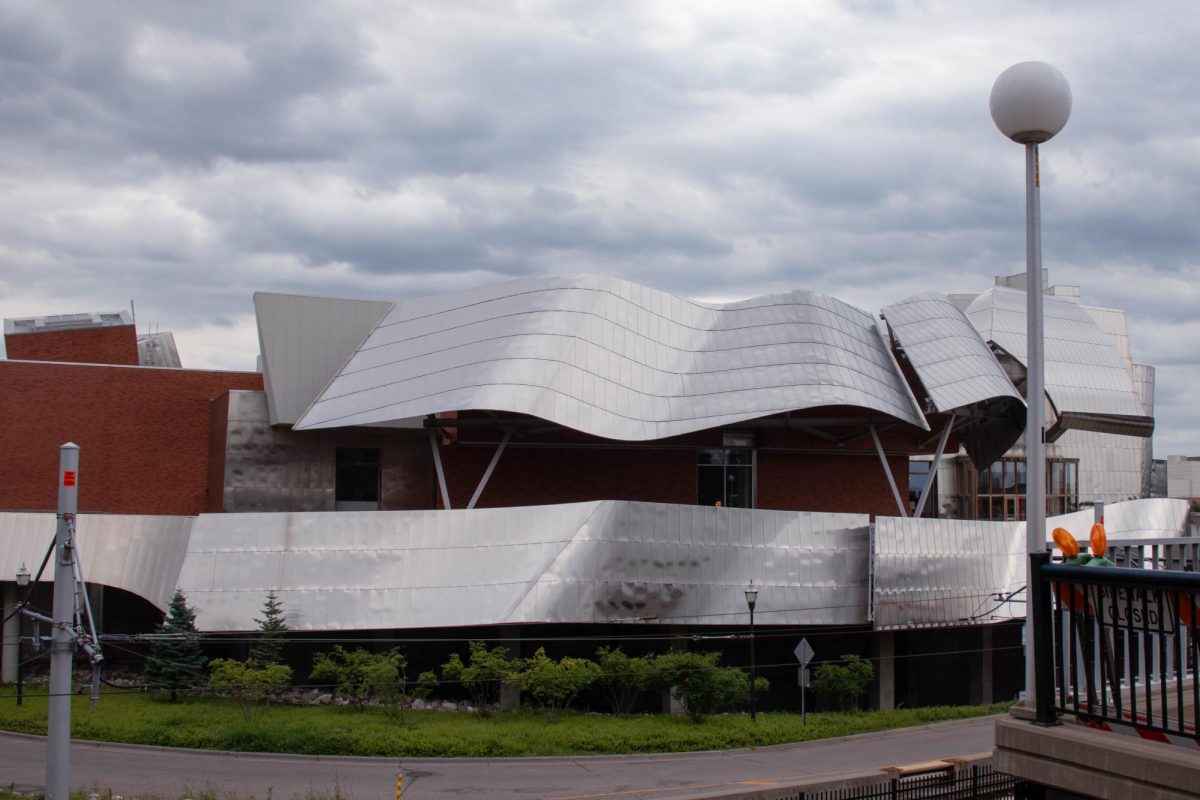In three weeks, the Metropolitan Council will decide on the scope of the Central Corridor light-rail line. One thing is certain: The two downtowns will finally be connected. But how the University will be included in the plan remains in question.
Right now, there are three options: a surface-level line running on Washington Avenue and across the Washington Avenue Bridge, a tunnel underground part or all of Washington Avenue from Huron Avenue South to the bridge, and the option called the northern alignment, running down either or both University Avenue and Fourth Street, and across the 10th Avenue bridge or the bikeway to the West Bank.
None of the options are perfect, but we believe the northern alignment makes the most sense. In the case of the surface-level line running down Washington Avenue, the addition of a light-rail train on an already congested roadway that processes 25,000 vehicles each day is not practical. Two lanes would be reduced to one and would make emergency access to the hospital more difficult and left turns impossible.
The tunnel is too expensive, and while its effect on traffic would not be as significant after completion, it would still require shutting down Washington Avenue during construction. How the University would function without its main artery open to traffic defies comprehension. And any plan involving Washington Avenue is bound to come up with the problem of tacking another $30 million onto the price to retrofit the bridge so it can carry the added weight of the light-rail train.
The main problem with the northern alignment is that ridership may decrease and total time between downtowns will increase. These are important components in the funding formula, but the other two options don’t seem workable.
The University deserves credit for paying for preliminary studies to be done on the northern alignment option. The cost projections are set at $1.1 billion right now, and this price needs to be cut to $840 million to qualify for federal funding. The northern alignment plan balances the needs of the University best, and we urge the Metropolitan Council to consider its adoption.















